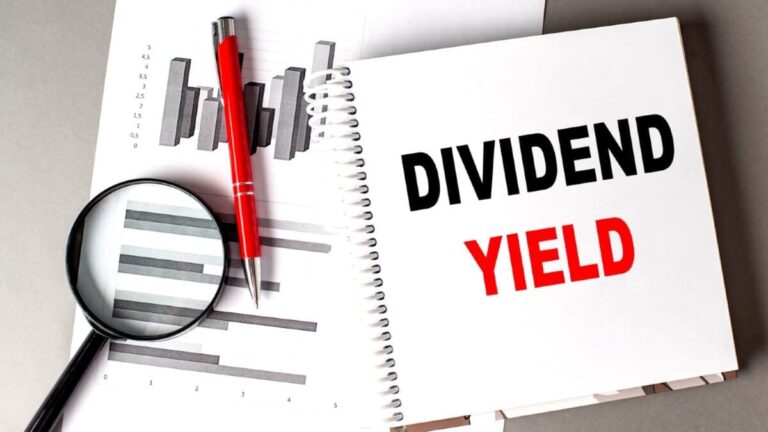
Image source: Getty Images
Using money to try and make money is basically how I would sum up passive income plans that are based on investing in dividend shares. With a long-term mindset, such an approach can be lucrative. For example, a spare £5,000 today could be invested in such a way that hopefully it ends up generating that much every year as a second income.
That is not based on some pie-in-the-sky “side hustle”, but instead is based on the dividend prospects of large blue-chip firms with proven business models.
Why the long-term approach matters
However, it is crucial to appreciate that this really does depend on taking a long-term approach to investing.
For £5k to generate £5k in dividends next year would require a 100% dividend yield. I see that as totally unrealistic even from very high-risk shares. For context, the current FTSE 100 dividend yield averages 3.3%.
However, by spreading the £5k across a handful of carefully chosen diversified shares, I think an investor could realistically aim for a 7% compound annual growth rate. After 33 years compounding at that rate, the portfolio ought to be worth over £74,000.
Not bad at all for a £5k investment today! Then, at that point, if the portfolio is invested in 7%-yielding dividend shares, it ought to generate an annual second income of over £5,000 without any of the capital being withdrawn.
A higher or lower compound annual growth rate and yield could mean a shorter or longer timeframe than 33 years. But I think it is important to be realistic about possible returns and risks.
Finding the right shares matters too!
That compound annual growth could come from dividends, share price growth, or both. But dividends are never guaranteed and if share prices fall, that could hurt the portfolio’s growth rate. Clearly, it is important to take care when looking at possible shares to buy for a second income.
One share I think investors should consider at the moment is FTSE 100 insurer Phoenix Group (LSE: PHNX).
The company’s 8.3% dividend yield is certainly impressive – and the company aims to grow the payout per share annually. But as dividends are never guaranteed, it is important for investors to look at the source of a company’s payouts.
Phoenix may not be a household name but it is a big business. In fact, it is huge, with around 12m customers.
Its long-term savings and retirement business helps provide some resilience and predictability of likely future revenues. Brands such as Standard Life help it maintain a competitive position in the marketplace.
Its huge book of assets brings risks. For example, if the property market falls steeply, Phoenix may need to book losses on its mortgage book should the pricing assumptions it is built on no longer apply.
On balance, though, I see Phoenix as a firm with a proven business model that I think could be a low-key but resilient performer over the long term.
A home for the income
To start buying shares, an investor needs somewhere to put their available funds for buying shares and then accumulate any dividends.
So a useful first step would be setting up a share-dealing account, Stocks and Shares ISA, or share-dealing app.









